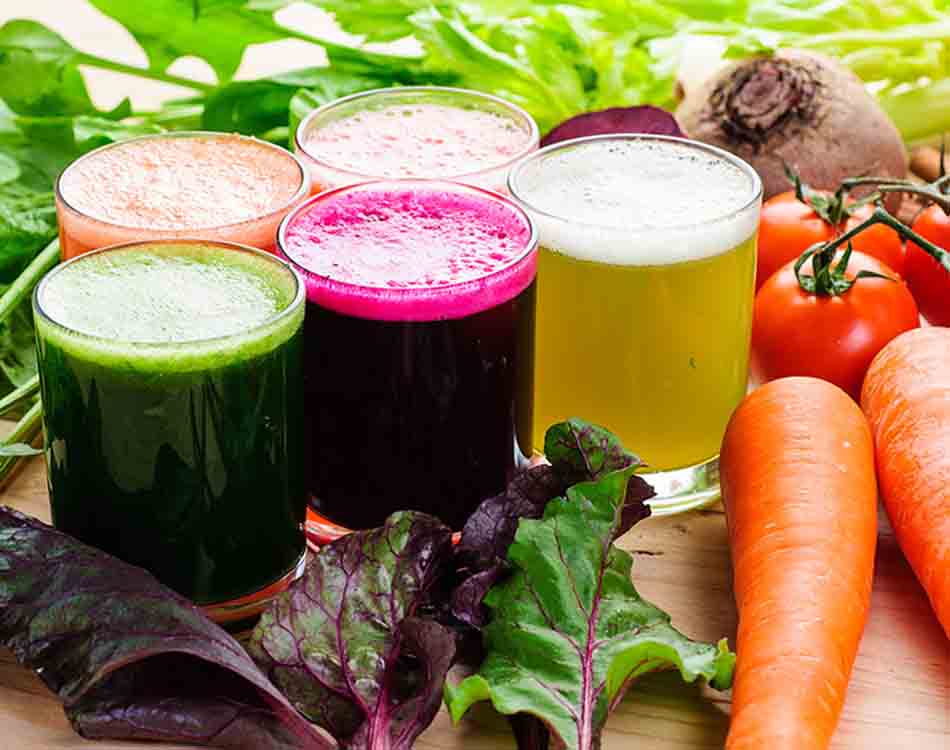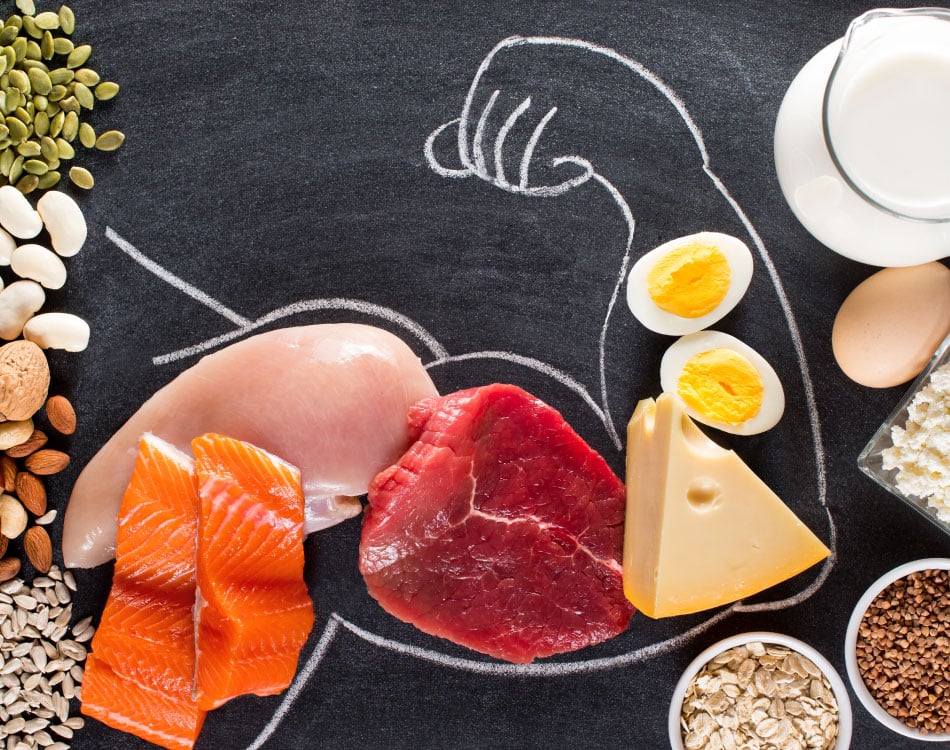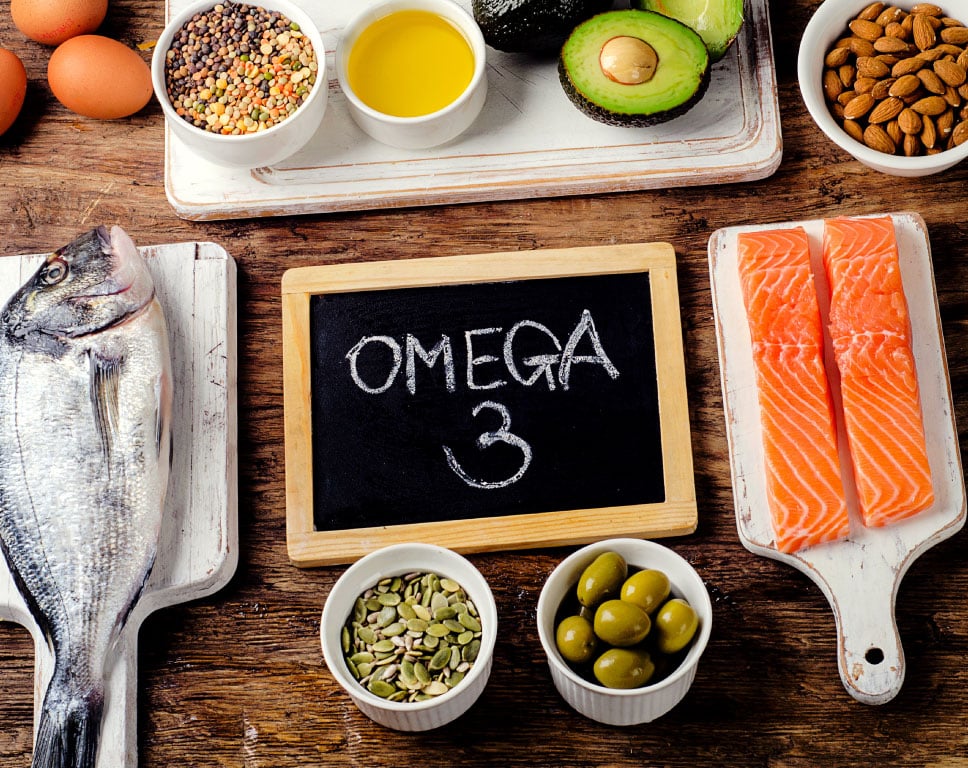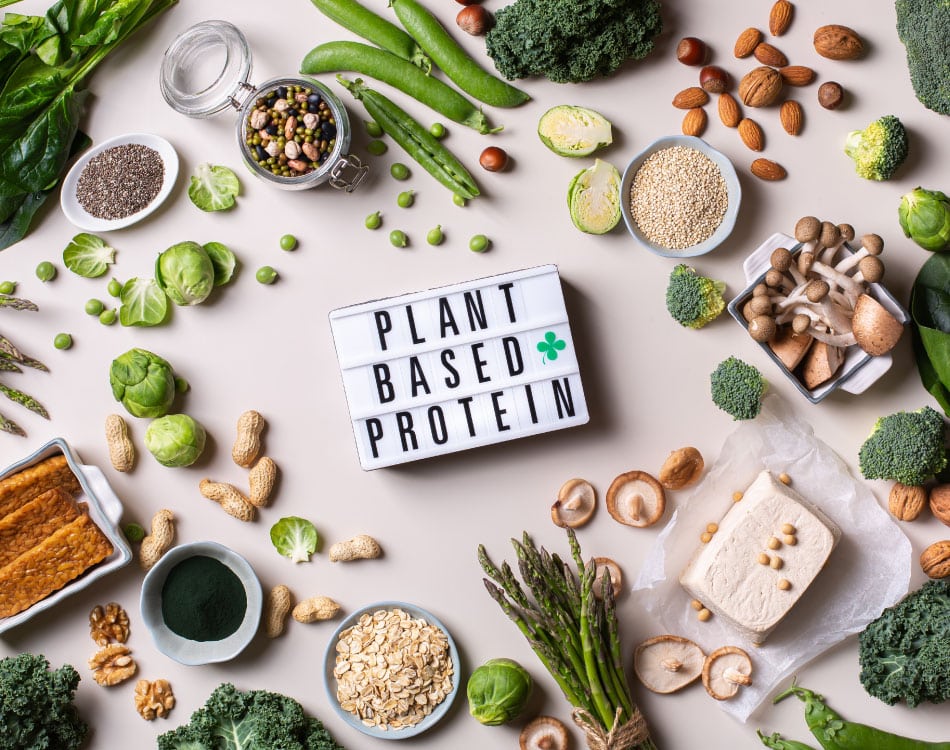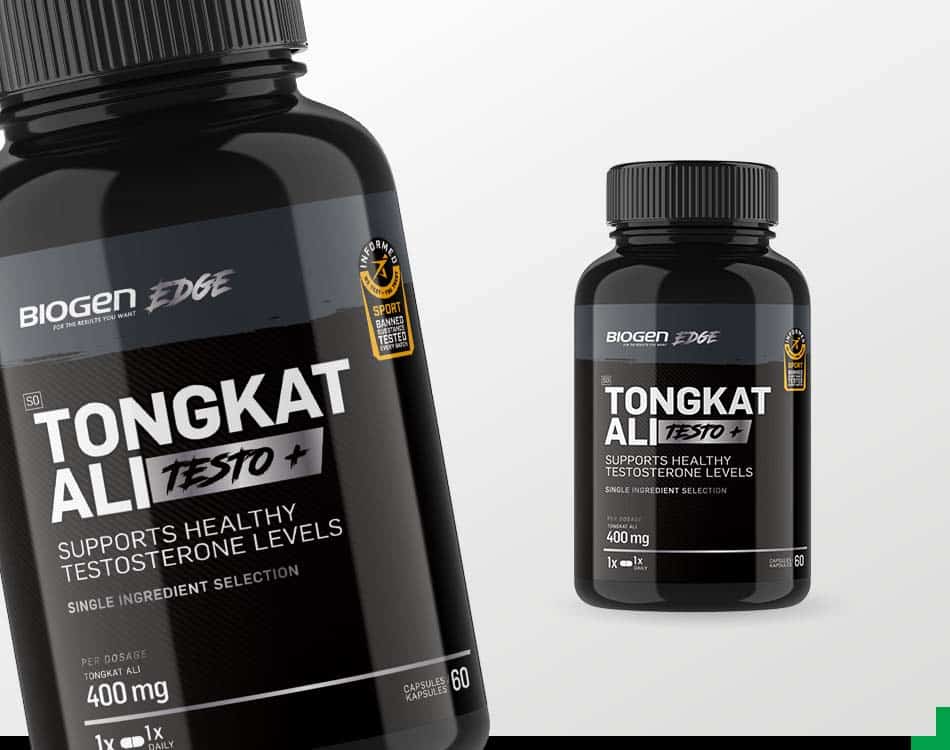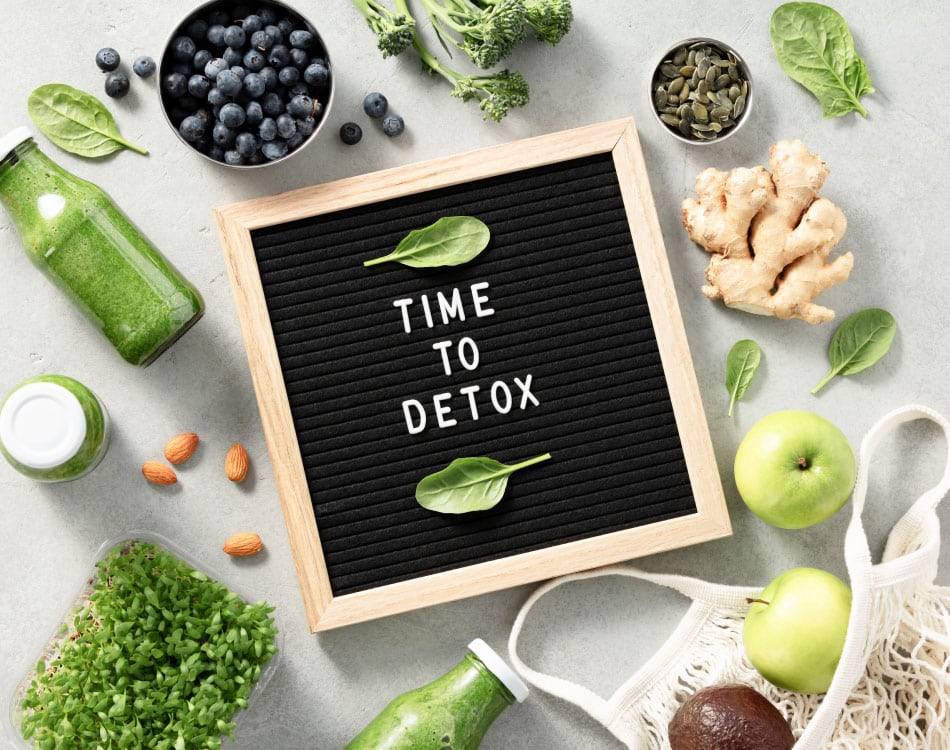As the Westernised world continues to gorge themselves with refined and overly processed foods, an increasing number of people around the globe are turning to raw food to restore their health, vitality and wellness back to the way mother nature intended.
That’s not to say they’re converting to raw foodism. Rather, more people are introducing healthful habits such as #MeatFreeMondays, or eating a raw food salad a day in their diets as a more practical, less polarised solution to introducing raw food into modern day diets.
Modern eating
There are many reasons why more health-conscious individuals are choosing to opt for more natural, whole foods in their diets. Many increasingly experience symptoms linked to their diet that included lethargy and low energy levels, excessive weight gain, irritability, susceptibility to illnesses, allegries, food intolerances and digestive problems.
Many who change their diets to a one based predominantly on raw foods tend to experience relief from many, if not all of these issues. The first thing that most people report when detoxing and moving to a raw food diet is increased vitality, a feeling of lightness and an improved immune system.
Other benefits include emotional stability, an improved mood, a feeling of connectedness and clarity, as well as various physical manifestations, such as the improved condition of hair, skin and nails. Recovery time from exercise is also accelerated, while improvements in stamina and strength have also been reported.
The power of raw
These many benefits are mainly derived from the nutrient density of natural foods, which retain more of their beneficial enzymes, vitamins and minerals as they are not degraded through the cooking process.
Eating raw food means that they are in their natural state, which provides our bodies with more nutrients, as the cooking process can destroy up to 80% of the nutrient content of food when cooking at temperatures of 160°C and above. Vital minerals, vitamins and enzymes are destroyed in high-heat modern cooking processes, which is why raw foodists prefer to use low-temperature dehydration to warm and dry food.
This enzyme destruction also means that food requires more energy to digest, while cooking also increases the acid-forming nature of food. This causes a shift in the acid-alkaline balance in our bodies, which can result in numerous diseases when our internal environment becomes too acidic.
Organic raw foods also have higher nutrient densities than commercially grown foods. Commercial farming depletes the soil of minerals, which subsequently reduces the micronutrient content of our food.
The truth is that there are tens of thousands of nutrients that our bodies need, some of which we have yet to discover, and natural, organically grown raw foods provide this. On a gram per gram basis the nutritional content of raw food may seem low from a macronutrient point of view, but the value lies in the massive amounts of minerals and vitamins that plants contain. What this means is that you get a diet that is low in calories, but high is essential micronutrients.
Plant protein
Up to 50% of the bioavailability of protein is also lost when protein-rich foods are cooked. And there are a multitude of raw food protein sources, which don’t all come from animal products – you just need to be clever about how you get your required daily protein intake.
The most important consideration to bear in mind when consuming plant-derived protein is that many of these sources have incomplete amino acid profiles. What this means is that they may contain some, but not all, the essential amino acids.
For this reason it is vitally important that anyone who includes a larger proportion of raw food in their diet consume a variety of protein sources throughout the day to meet their body’s needs. Incomplete protein source can also be consumed together to deliver a complete amino acid profile with each meal or throughout the day. Incomplete proteins that are consumed in combination to create a complete protein source are referred to as complementary proteins.
However, there are a few plant-derived protein sources that have a complete amino acid profile. Soybeans, for instance, are a nutritionally complete protein. Spirulina also contains all the essential amino acids your body needs to grow and repair muscle, and comprises 60-70% protein by weight. Other raw plant-based protein sources include grasses, soybeans, sprouts, whole grains, beans and legumes, certain algae, nuts and seeds, like hemp or flax seed.
Raw foodists often supplement their diet with extra protein by using vegan protein powders derived from brown rice, pea protein or other plant-derived variants. Either way, the key is to eat a wide variety of protein sources to meet your daily intake requirements in the form of free-form amino acids that help to build your body’s protein stores.
You’ll be eating fewer ‘hollow’ calories
Eating more raw food also means that you are removing the hollow calories from fast foods and heavily processed foods from your diet, which can greatly assist in weight loss and weight management.
Taking out the bad foods and adding more of the good means that you can consume less food, but get an exponentially greater benefit due to the nutrient density of that food. Followers of an exclusive raw food diet therefore often experience significant weight loss due to the reduction in calorie intake and when an appropriate diet is followed correctly, with the right amount of calories and variety, this way of eating can will help your body return to its natural weight state, as determined by your genetic potential.
How to make the transition
If you want to enjoy the health benefits of raw food, it is best to make a gradual transition to this way of eating to reduce the stress it places on the body.
The first step is to start adding raw foods to your diet over time, while eliminating poorer food choices to allow your body to adapt slowly.
This is where juicing and blending can really help, as the foods used are so nutrient dense that people tend to feel full after drinking just one, and therefore wont crave other food stuffs. People can also decide if they want to transition to a fully-fledged raw food diet, or simply include more of these healthy alternatives in their diet.

